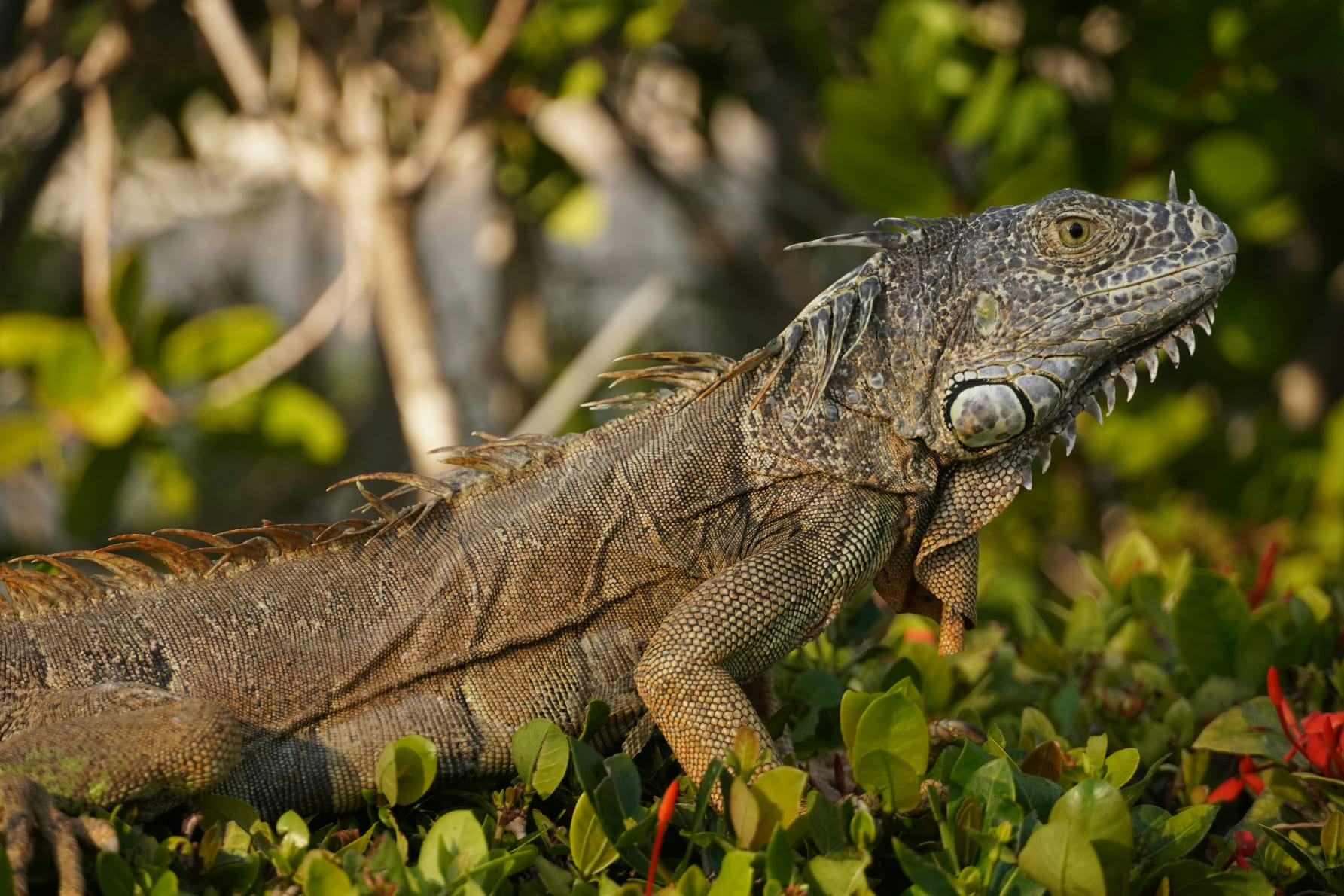Tundra Wildlife Chronicles

The Importance of the Tundra for Wildlife
The tundra, one of Earth's most extreme environments, is often overlooked when discussing critical ecosystems. However, it plays a vital role in supporting a unique array of wildlife and maintaining global ecological balance. Stretching across the Arctic and high-altitude regions, the tundra's frozen landscapes and short growing seasons provide a challenging yet essential habitat for various animal species.
A Unique Habitat for Adapted Wildlife
The tundra is home to species that have evolved incredible adaptations to survive harsh conditions. Animals like polar bears, Arctic foxes, and caribou have developed thick fur and layers of fat to insulate against freezing temperatures. Birds such as snowy owls and Arctic terns rely on the tundra for nesting during the short summer months, taking advantage of abundant insects and continuous daylight.Without the tundra, these animals would struggle to find suitable habitats. For migratory species, the tundra serves as a critical breeding ground, supporting life cycles that span continents. For example, Arctic terns migrate thousands of miles to take advantage of the tundra's rich summer resources, highlighting its global ecological significance.
The Tundra's Role in the Food Chain
The tundra ecosystem is delicately balanced. Predators like wolves and snowy owls depend on prey populations, including lemmings and Arctic hares. In turn, these prey species rely on sparse vegetation such as mosses and lichens for sustenance. Even the smallest organisms in the tundra, like microbes in permafrost, play a role in nutrient cycling, sustaining plant life that supports the food web.This interconnected system ensures the survival of species uniquely adapted to this environment. Disruptions to the tundra, whether through climate change or human activity, can have cascading effects on the global food chain.
Climate Regulation and Carbon Storage
The tundra is not only essential for its wildlife but also for its role in regulating Earth's climate. Its permafrost—a layer of permanently frozen soil—stores vast amounts of carbon. As climate change accelerates and permafrost thaws, this stored carbon could be released into the atmosphere, amplifying global warming.Protecting the tundra helps mitigate these risks, ensuring that this crucial carbon sink continues to function. Additionally, the tundra's vegetation, though sparse, plays a role in absorbing carbon dioxide, further emphasizing its importance in the fight against climate change.
Threats to the Tundra and Its Wildlife
Despite its remote location, the tundra faces numerous threats. Climate change is the most significant, with rising temperatures causing permafrost to thaw and altering ecosystems. This not only disrupts the lives of tundra wildlife but also impacts migratory species that depend on the region for part of their life cycle.Human activities, such as oil and gas exploration, also threaten the delicate balance of the tundra. Infrastructure development fragments habitats, while pollution can have long-lasting effects on the fragile ecosystem.
The Need for Conservation
Conserving the tundra is essential for preserving its unique biodiversity and its role in global ecological health. Efforts to protect the tundra include establishing protected areas, supporting sustainable practices, and addressing climate change through global cooperation.Public awareness and education are equally important. Understanding the tundra’s significance can inspire individuals and communities to advocate for its protection. By safeguarding the tundra, we ensure a future not only for its remarkable wildlife but also for the planet as a whole.
